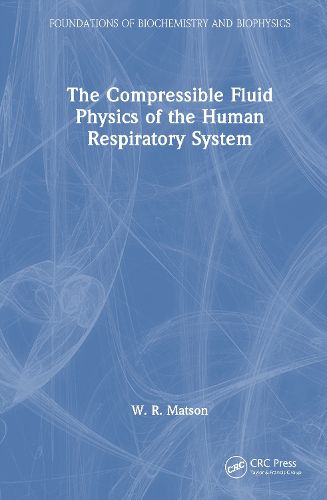Readings Newsletter
Become a Readings Member to make your shopping experience even easier.
Sign in or sign up for free!
You’re not far away from qualifying for FREE standard shipping within Australia
You’ve qualified for FREE standard shipping within Australia
The cart is loading…






The Compressible Fluid Physics of the Human Respiratory System provides a comprehensive exploration of the principles of fluid dynamics, classical mechanics, and their applications to complex systems such as human respiration.
It dives into foundational concepts like Newtonian mechanics and stress-strain relationships while also addressing advanced topics such as compressible fluid flow, viscosity, and energy conservation. It uniquely combines classical principles with real-world phenomena, such as the behavior of gases, liquids, and solids under various forces and pressures. The inclusion of detailed mathematical derivations, historical context, and empirical models adds depth to the discussion. Its interdisciplinary approach makes it valuable for readers interested in physics, engineering, and biological sciences.
This book is designed for a general audience with an interest in science and medicine irrespective of mathematical background.
$9.00 standard shipping within Australia
FREE standard shipping within Australia for orders over $100.00
Express & International shipping calculated at checkout
Stock availability can be subject to change without notice. We recommend calling the shop or contacting our online team to check availability of low stock items. Please see our Shopping Online page for more details.
The Compressible Fluid Physics of the Human Respiratory System provides a comprehensive exploration of the principles of fluid dynamics, classical mechanics, and their applications to complex systems such as human respiration.
It dives into foundational concepts like Newtonian mechanics and stress-strain relationships while also addressing advanced topics such as compressible fluid flow, viscosity, and energy conservation. It uniquely combines classical principles with real-world phenomena, such as the behavior of gases, liquids, and solids under various forces and pressures. The inclusion of detailed mathematical derivations, historical context, and empirical models adds depth to the discussion. Its interdisciplinary approach makes it valuable for readers interested in physics, engineering, and biological sciences.
This book is designed for a general audience with an interest in science and medicine irrespective of mathematical background.